The classic cars in danger of extinction
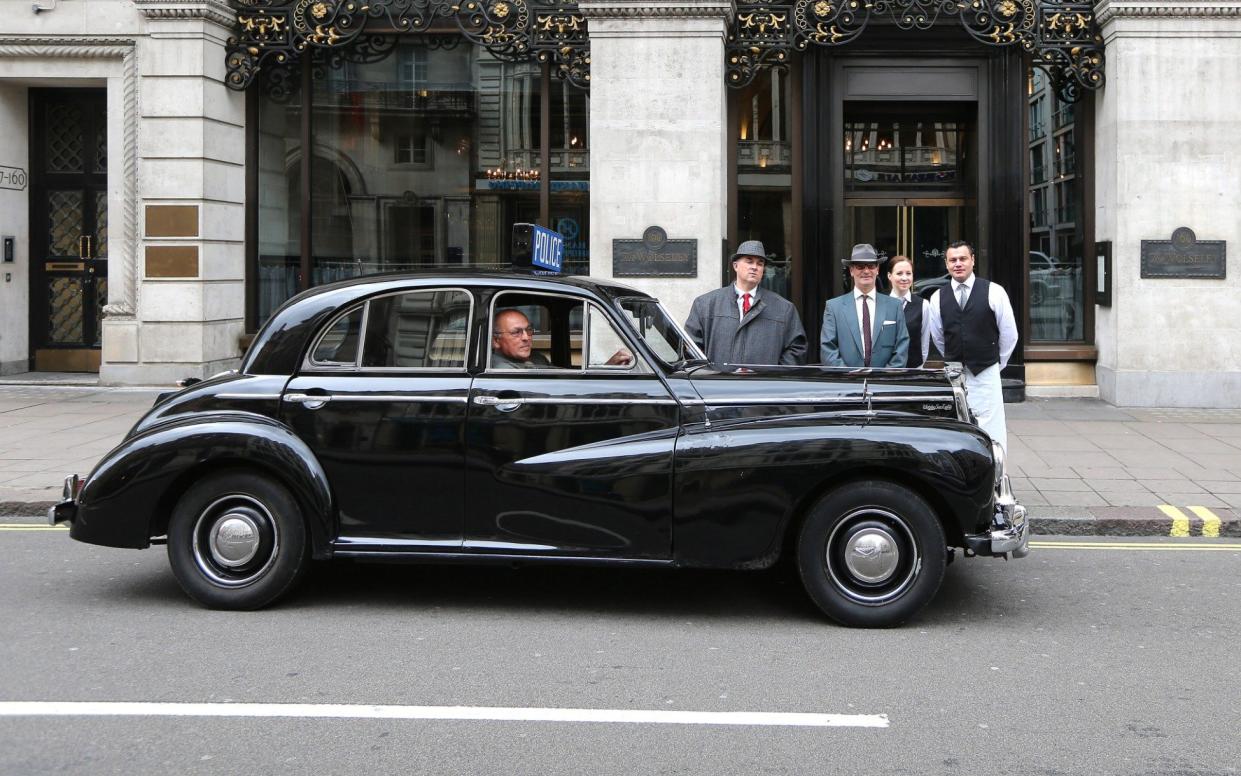
Everyone loves a classic car. From sinuous Jaguar E-Type to chirpy Morris Minor, from exotic Ferrari to quirky Citroen, there’s an affection for historical cars (along with trains, commercial vehicles and bicycles) that transcends age and social status.
Yet while the prices and running costs of the majority of classics are now out of the range of ordinary enthusiasts, the yearning for cars of a bygone age is satisfied by a burgeoning interest in once-everyday sights from the likes of mass-market marques such as Ford and Vauxhall. But there’s a serious aspect to this nostalgia: when was the last time you saw a Cortina or a Cavalier, when once there was one on virtually every street corner in the land?
A chance discussion with the motoring editor in 2018 about the shocking rarity of formerly ubiquitous cars led to the creation of a weekly online column featuring oft-forgotten and almost extinct models from the 1960s to the late 1980s. Its success prompted a display at the Classic at Silverstone race meeting last summer, a display that’s back – bigger and better – over the coming bank holiday weekend.
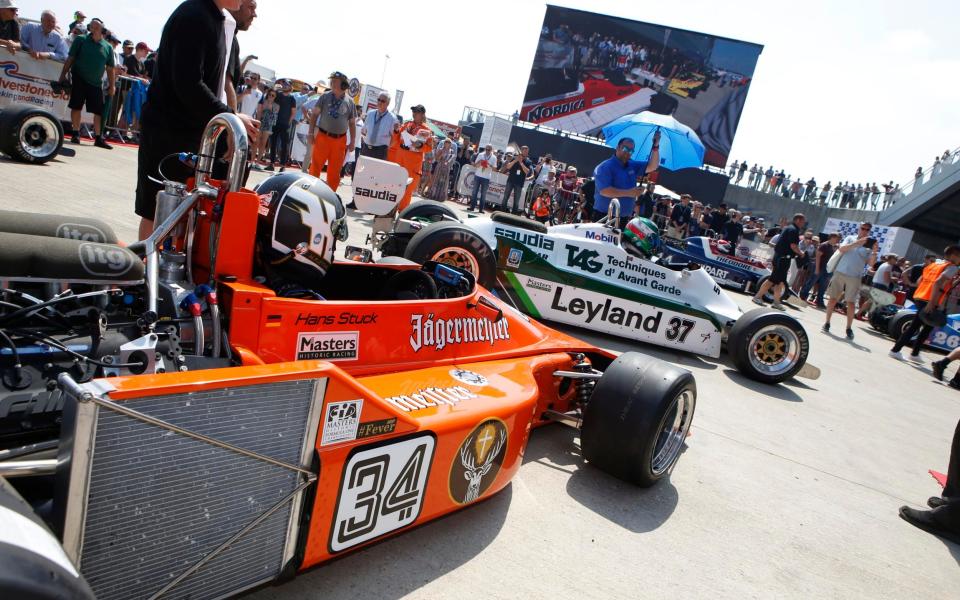
For instance, we debated what became of the mid-1980s Mazda 929. It transpired that, almost 40 years on, only six examples of the estate once used by antique dealers who could not afford a Volvo 245 remained in use.
Some of the vehicles we featured were well remembered but now almost extinct, while others sold in tiny numbers when new with single-figure survivors preserved against considerable odds. But it was worth rooting them out; a particular highlight of last year’s Telegraph Cars display at the family-friendly Classic at Silverstone was the sight of countless visitors ignoring nearby Ferraris in favour of a Hillman Avenger “Top Hat Special” and a minuscule Fiat painted a vibrant orange. But the serious point persists that all of these cars are more rare than almost any Ferrari.
That Hillman will be making a welcome reappearance this year, together with 49 other fine vehicles. Our criteria for the “UK’s rarest” is that they have to be mass-production models that were officially available in this country. The howmanyleft.co.uk website is merely a starting point – the series is primarily concerned with evoking impressions of a now impossibly remote past.
As the Hagerty Festival of the Unexceptional – a car event celebrating mundane motors – has demonstrated, memories can be worth more than bhp, from the Morris 1100’s flashing indicator stalk to the illuminated grille badge of a Wolseley. To select a few highlights from the forthcoming show is an impossible task, so my selection is of cars that particularly evoke images of a lost world… and, refreshingly, there’s not a Ferrari or Lamborghini among them.
Ex-police Wolseley 6/99
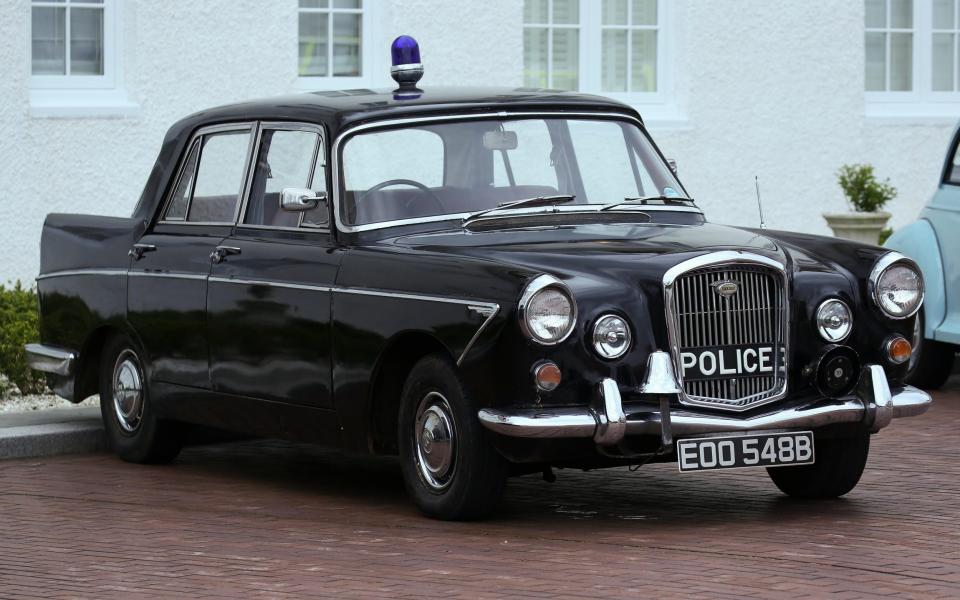
First, a confession: the oldest car being presented by The Telegraph at Silverstone on Aug 26-28 belongs to me, and I bought it not so much for its genuine charms as a tail-finned 3.0-litre saloon, but for its association with postwar British cinema.
Few black-and-white 1960s B-features would have been complete without the dramatic arrival of the “Wolseley of Justice” in the final reel. This 6/99 is equipped to London Metropolitan Police traffic car specification, which includes a wireless set, a loudhailer and the all-important Winkworth bell. The Wolseley can still strike fear into all spivs and Teddy Boys…
Ford Consul Cortina Super ‘Woody’ Estate
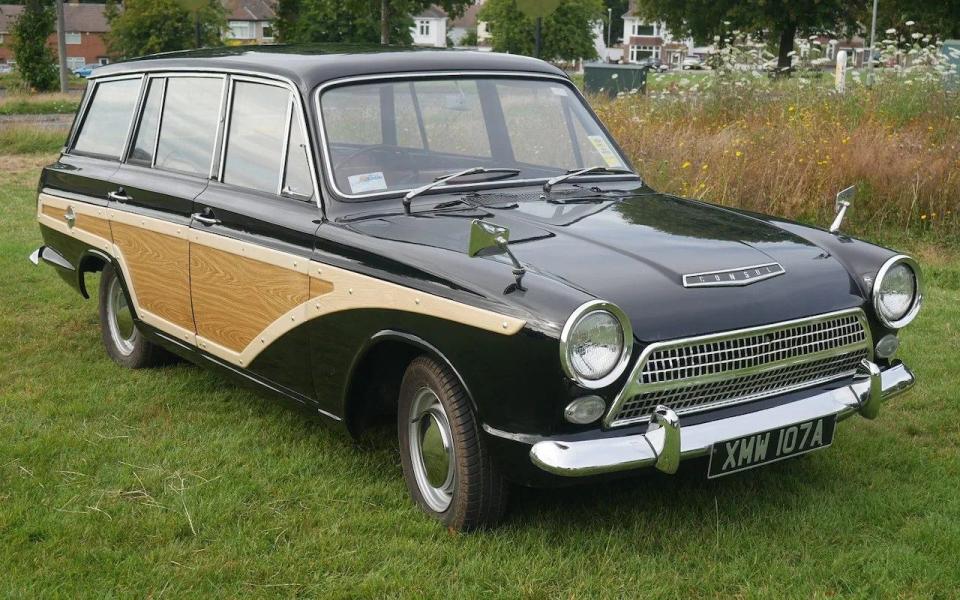
As Ford fans celebrate the 60th birthday of the Cortina Mk1 this year, we are delighted to announce the return to our display of a variant even more exclusive than the renowned Lotus-tweaked version. The Super Estate not only boasted a cigar lighter and a heater as standard, its doors and tailgate were clad in Di-Noc, an easy-to-clean synthetic wood laminate.
Ford of Britain hoped the Woody would appeal as a scaled-down version of similarly wood-bedecked US-market Fords, but British drivers remained unconvinced. Survival rates for this Mk1 model are low due to many being heavily customised to “surf wagons”.
Honda Civic Mk1 1200
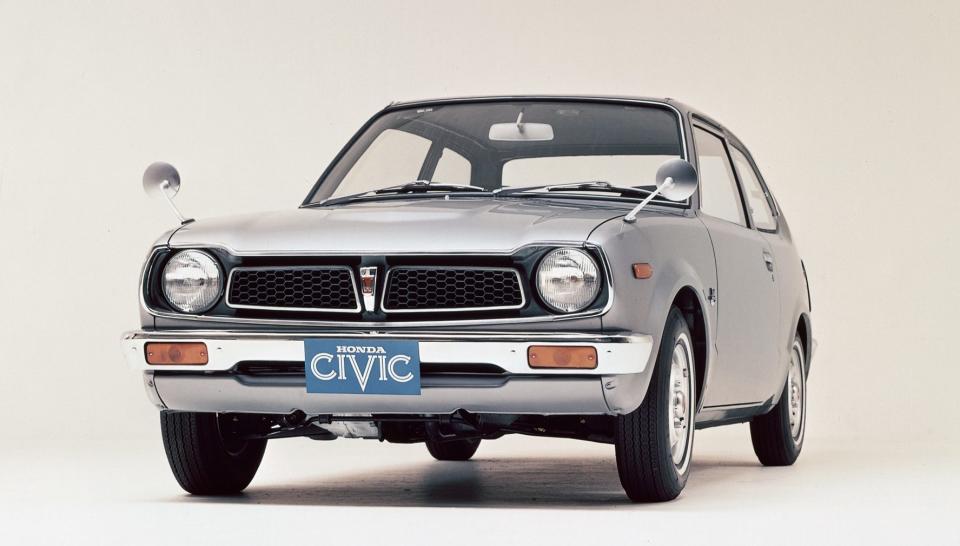
The example of the original Civic in our display once starred in a promotional brochure alongside a groovy young couple – and these days it’s a cherished member of the Honda UK heritage fleet.
But, most importantly, when the Civic Mk1 made its bow 50 years ago it quickly became the model that established Honda cars on the world stage; it is now in its 11th incarnation. As one British automotive journalist noted in 1973, “it is sensible to look the opposition straight in the face, and the excellent Honda Civic is an example of what the Japanese motor industry can confront us with”.
Fiat 128 1300 CL
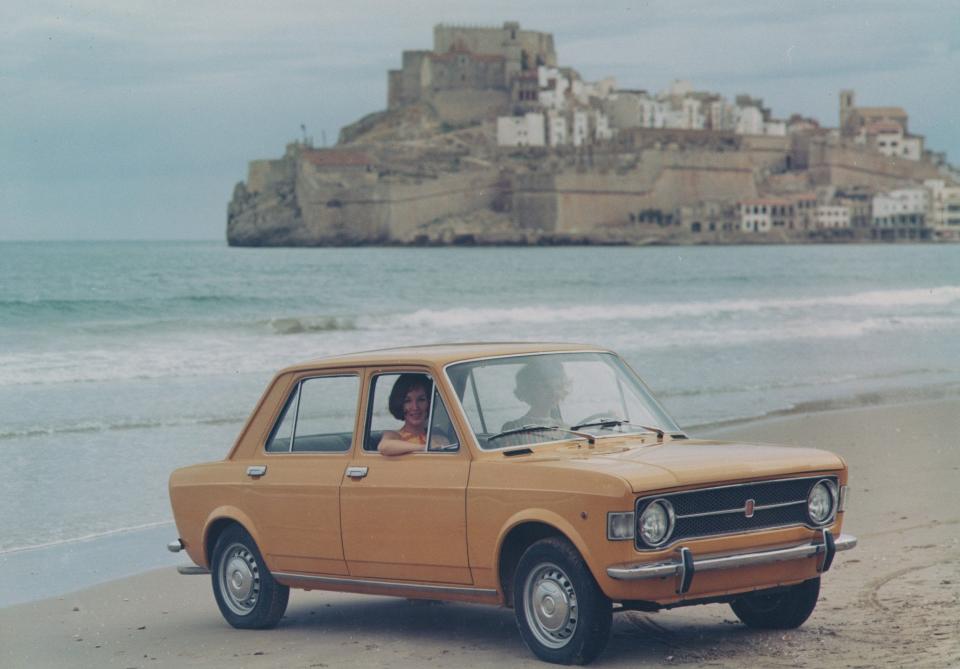
The great motoring writer L J K Setright once described the 128 as “the most important and influential car since Ford first furnished motoring for the masses”. It was the first front-wheel-drive model to bear the Fiat badge and was voted the Car of the Year for 1970, while high-profile owners included a Mr Enzo Ferrari. The 128 was also frequently encountered on British roads, but our display Fiat is one of only three roadworthy examples of the second-generation CL. This 128 has been with the same family since Mr Ted Hucknall ordered it on April 9 1977 for £2,390.31.
Morris Ital 1.7 HLS
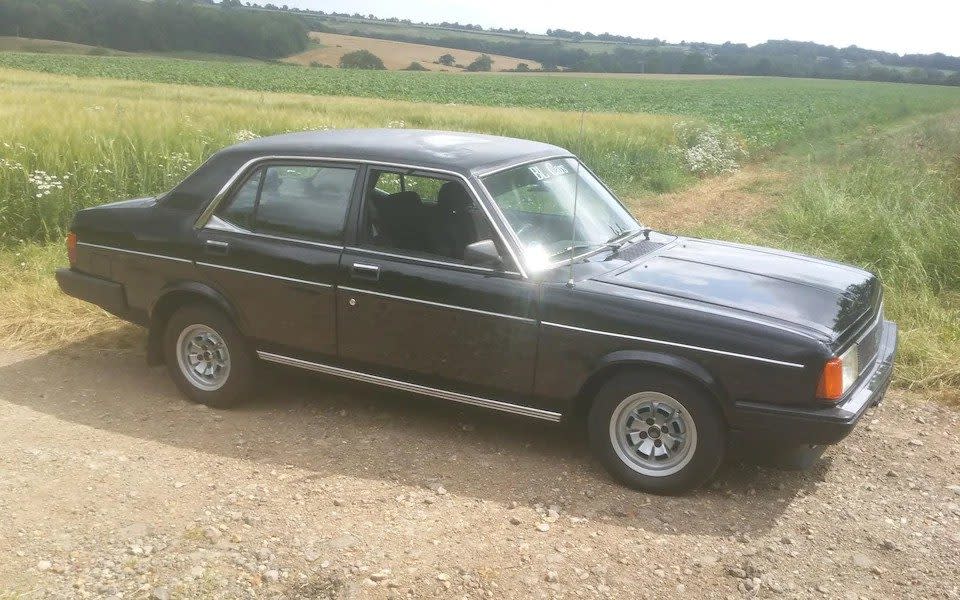
The Ital was a venerable design when it came out in 1980 as the last incarnation of the Marina family that debuted in 1971, while the brochure’s “Styled in Italy” claim was highly tenuous. Nor did a ludicrous TV ad – “overtakes faster than a Mercedes 200!” – enhance its chances, but Autocar believed it promised to be “a reliable car representing excellent value for money”.
The flagship HLS represented “the pinnacle of Ital luxury”, with seats upholstered in the finest velour available to humanity. Plus, the tedious piano “jokes” (after Jeremy Clarkson dropped an upright piano on a period Morris) are, mercifully, on the wane.
Ford Sierra Mk1 1.6L

On Sept 25 1982, sales representatives tore their Harry Fenton suits in woe as a hatchback replaced their beloved Cortina Mk5 with its “proper” boot. Motor Sport may have regarded the Sierra as “a very fine family-bus” that would repay Ford’s £660 million investment, but traditionalists muttered the phrase “jelly mould”.
The car on display is one of the earliest Sierras and a prime example of the base-specification L, in which the futuristic bodywork is combined with a sensibly brown interior and a cost-cutting four-speed gearbox. After all, there was no point in quelling the initiative to work towards a range-topping Ghia.
FSO Polonez 1.5 SLE
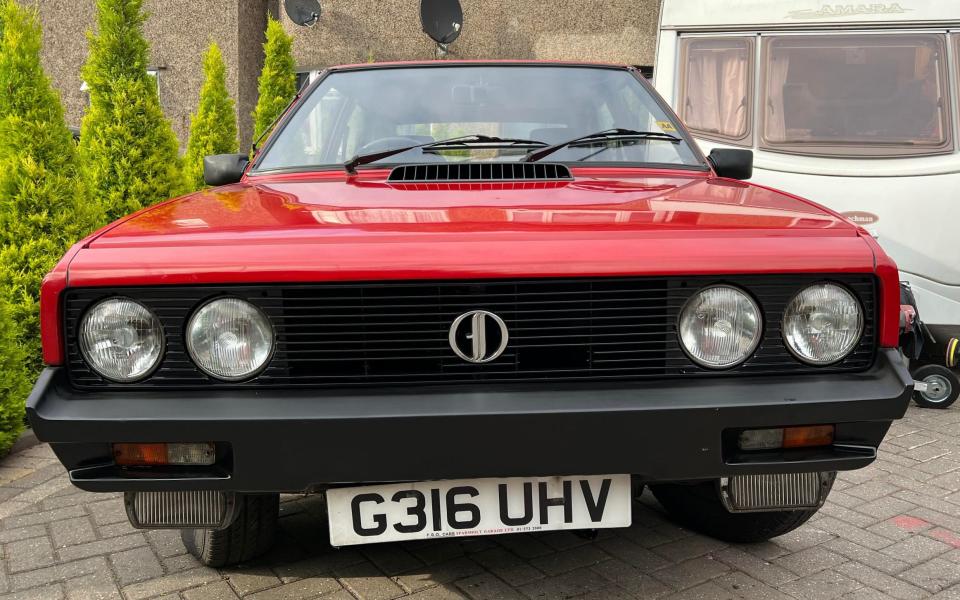
The FSO was a not uncommon sight on British roads during the 1980s and 1990s, even if the aforementioned Clarkson referred to it as “a car that wasn’t really a car at all. It was a box under which the careless car buyer would discover a 1940s tractor”.
In fact, when imports began in 1979, the Polonez was aimed at motorists trading in a venerable 10-year-old Morris Oxford for a distinctly more modern form of transport. For £2,999, you too could impress the neighbours by owning a hatchback with all-disc brakes, twin headlights and an adjustable steering column as standard.
Austin Allegro 1500 Special LE

The year is 1978 – you are hip, generally with it, and with more than your fair share of Luncheon Vouchers. The Special LE complements your junior executive status for a mere £2,965.95, wowing your colleagues with its five-speed gearbox, a push-button radio, Sundym tinted glass, a leather-covered steering wheel and a passenger door mirror.
Plus, the Tara Green or Astral Blue paint finish augmented by side stripes told the world this was no ordinary Allegro. Today, British Leyland’s limited-edition 1970s cars have a distinct charm, and the example on display is one of only a handful of surviving Special LEs of 6,800 built.
Vauxhall Viva HB De Luxe 90 ‘Brabham’

The refreshing styling of the HB-series Viva produced from 1966-70 was once as familiar as a branch of Little Chef, but they are now more unusual than the average Maserati. The example at Silverstone is an even more exclusive machine; it is the oldest known HB and was used as a press and publicity vehicle by the Luton-based manufacturer – and is one of only seven roadworthy examples of the “Brabham” model. The Viva named after the great Australian racer Sir Jack Brabham took the form of dealer-fitted modifications costing £37 10s, plus a £10-£12 fitting charge.
What is the Classic?
Staged annually at Silverstone, the Classic is the world’s biggest retro racing festival with unrivalled grids of great cars from yesteryear, plus huge displays of cherished classic cars curated by more than 100 ever-enthusiastic motor clubs.
Complementing this petrolhead paradise, the three-day festival has moved from its traditional date, just after the British Grand Prix, to the bank holiday weekend (August 26-28) – a move that is being spiced up with even more fun-fuelled family entertainment than before.
While the packed grids of F1, GT, touring and sports cars spanning all of motorsport’s golden eras remain the Classic’s heartbeat, this year’s extravaganza really does cater for all ages and interests.
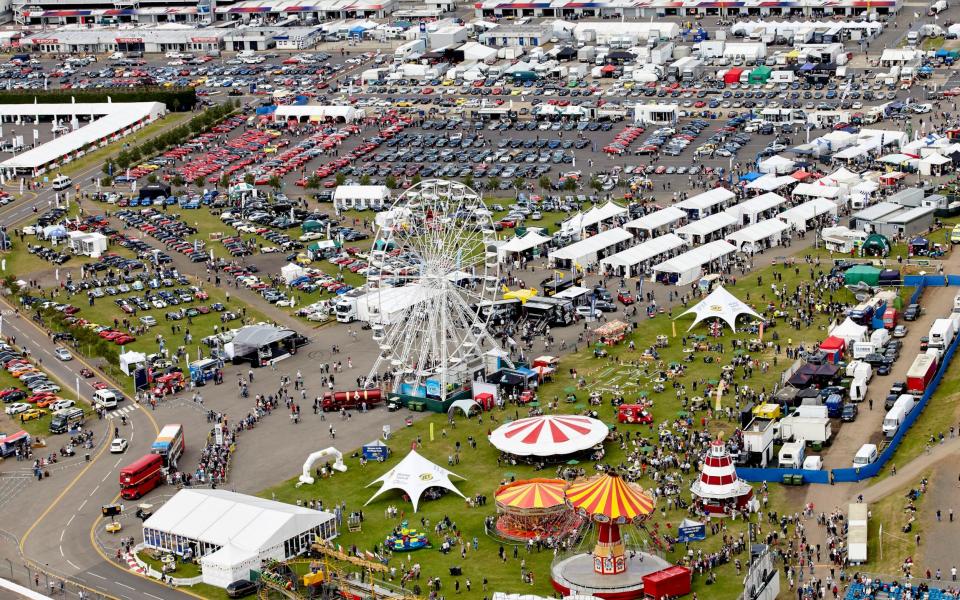
Mouthwatering additions include a Foodie Fest with masterclasses from celebrity chefs, including Lesley Waters and Niall Kirkland, plus the first-ever pop-up outlet from Jeremy Clarkson’s Diddly Squat Farm Shop. For the first time there will be live music on all three evenings, too, with favourites Sister Sledge, Gabrielle and Rick Astley topping the bill, while the new Switch Live addition will provide the chance to drive the latest electric vehicles (EVs).
Add in BMX bike displays with Olympic medallists, funfair rides, an adrenalin zone with race simulators, rubber-burning stunt driving shows, football coaching, Car Clinics with television’s Mike Brewer, an auction and a world exclusive showcase featuring all seven of Sir Lewis Hamilton’s world championship-winning cars and it’s easy to see why so many people are choosing to arrange summer staycations around the Classic. One day is not enough…
Providing excellent value, entry to all those attractions – as well as both racing paddocks and open trackside grandstands – is included in the price of admission. Tickets must be purchased in advance and start at just £45 for the full weekend; camping and hospitality options are also available. Moreover, accompanied kids aged 15 and under are offered free admission.
See our ‘UK’s rarest cars’ series and more automotive nostalgia here.

 Yahoo News
Yahoo News 
